Get to Know The Majestic Asian Elephants
Asian elephants are among the most beautiful animals on Earth. With their graceful appearances and strong presence, they really win the hearts of animal lovers around the world. In this blog, we will dive into the world of the Asian elephant, getting to know their big appearances, behavior and conservation challenges they are facing until this day.Get to Know Asian Elephant
Physical Characteristics
The Asian elephant (Elephas maximus) is a bit smaller than its African relative (but still enormous!) These gentle giants have unique looks, with rounded fan-shaped ears helping them control body heat. Their skin is usually grayish-brown and thick with wrinkles (but not too wrinkled like their African cousin). Their trunk is one of the most important features to use for drinking, eating and communication.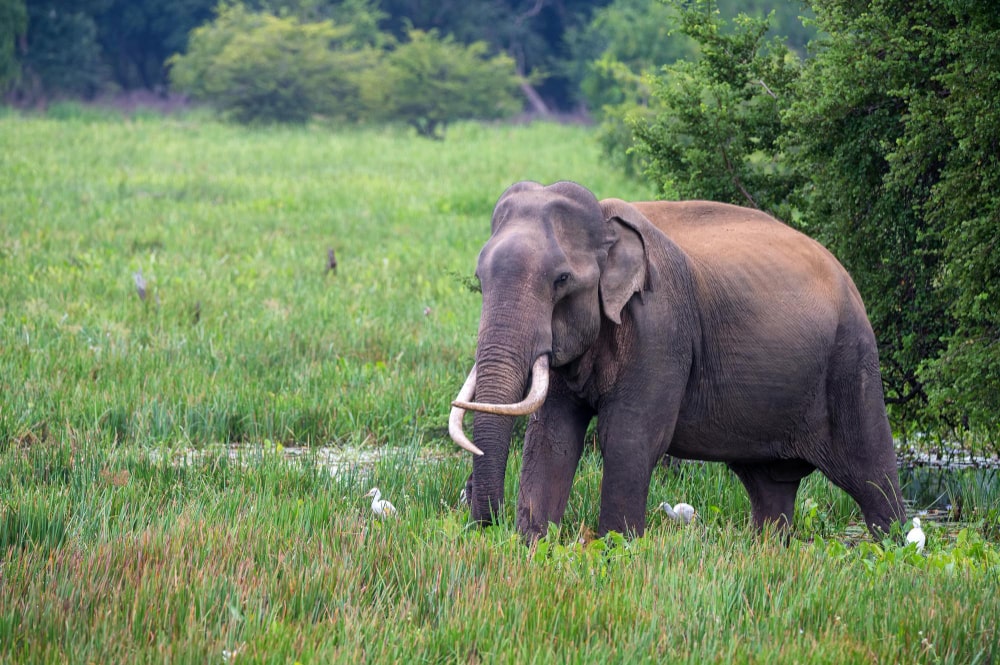 Male Asian elephants typically have tusks, though some females do not. These tusks are used for digging up food and stripping bark from trees, but unfortunately, they also make them targets for poachers.
Male Asian elephants typically have tusks, though some females do not. These tusks are used for digging up food and stripping bark from trees, but unfortunately, they also make them targets for poachers.
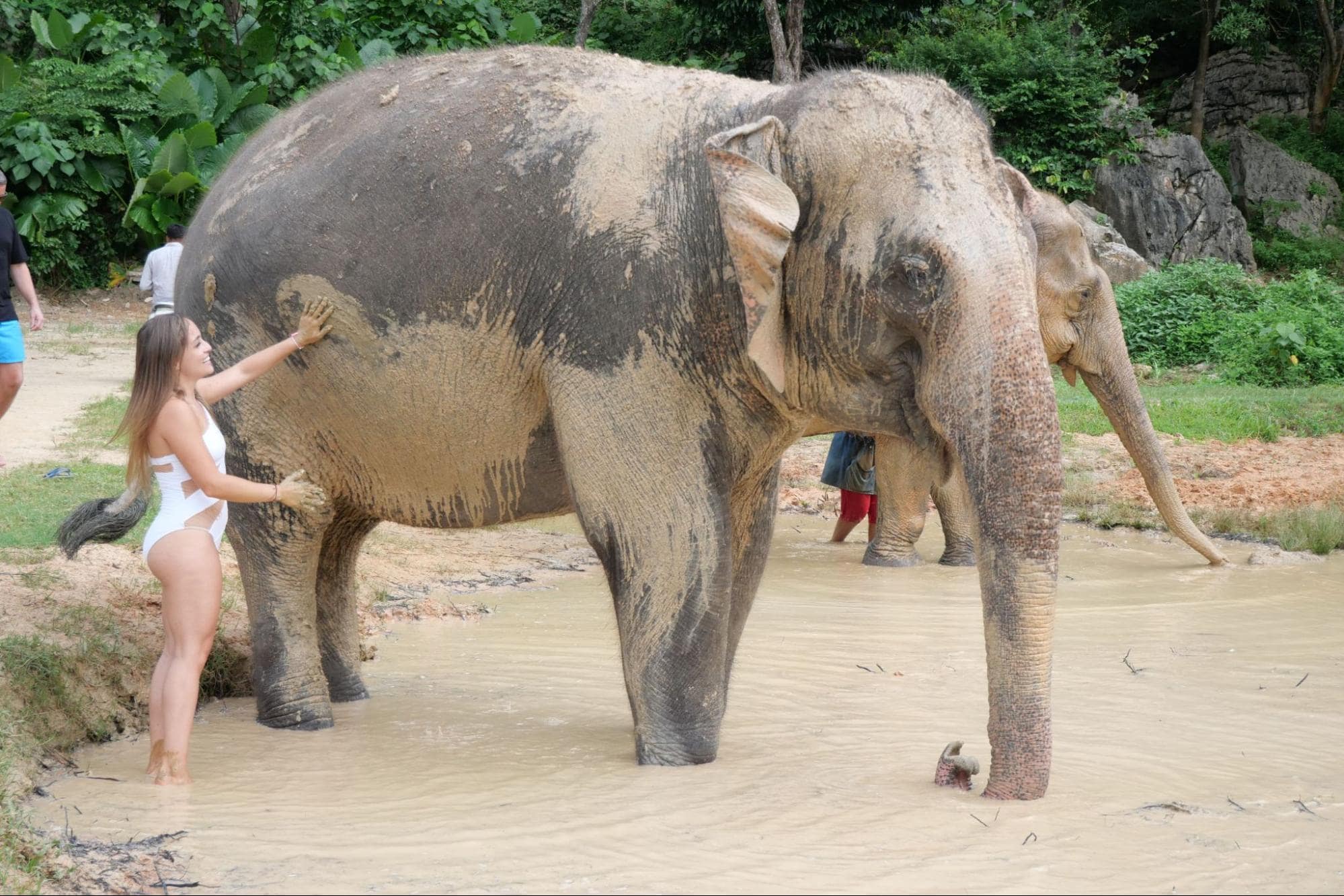
Habitat
Asian elephants are native to South and Southeast Asia in countries like India, Thailand, and Sri Lanka. It is found in various habitats such as tropical rainforests, savannahs and temperate forests. These elephants need vast spaces to roam, which makes them vulnerable to habitat loss because as the human population grows, forests are being cut down to make way for agriculture and other uses, reducing the Asian elephant’s habitat in the process.Diet
The Asian elephant is an herbivore, feeding on a variety of plants and crops like grasses, leaves, fruits, and bark. They can consume up to 300 pounds of food in a single day! Asian elephants are often referred to as “keystone species” because of their important role in shaping the environment they live in, like seed dispersal in which they transfer seed (by their dung or travel) of eaten fruits to another long distance (up to 65 kilometers) this helps forests regenerate and thrive.Asian Elephants in Culture
 Asian elephants are deeply rooted in the cultural and spiritual traditions of many Asian countries. In Thailand, they are cherished as symbols of royalty and power. In India, they hold sacred status and are closely associated with Lord Ganesha, the deity of wisdom and prosperity. Asian elephants often take center stage in religious festivals and ceremonies, representing good luck, strength, and intelligence.
Asian elephants are deeply rooted in the cultural and spiritual traditions of many Asian countries. In Thailand, they are cherished as symbols of royalty and power. In India, they hold sacred status and are closely associated with Lord Ganesha, the deity of wisdom and prosperity. Asian elephants often take center stage in religious festivals and ceremonies, representing good luck, strength, and intelligence.
Behavior of Asian Elephants
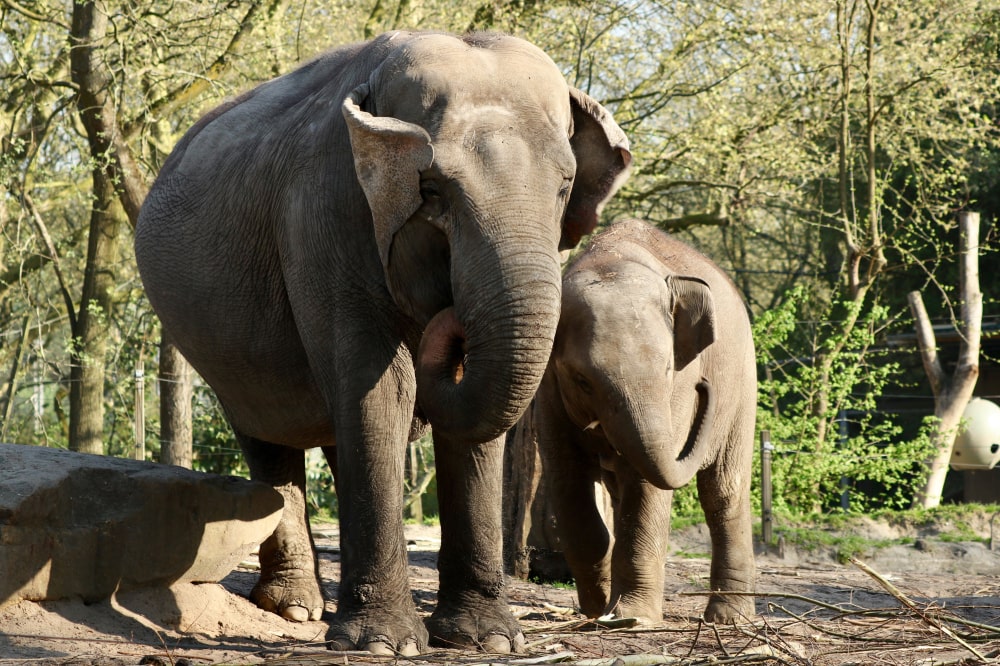 Asian elephants live in close family groups led by a matriarch, an experienced female elephant who guides the herd. These groups usually include mothers, daughters, and young elephants, while males leave when they mature. Communication is key for them. They use sounds, body language, and touch to connect, from deep rumbles to long-distance calls to gentle trunk touches that show affection and strengthen their bonds and travel.
Asian elephants live in close family groups led by a matriarch, an experienced female elephant who guides the herd. These groups usually include mothers, daughters, and young elephants, while males leave when they mature. Communication is key for them. They use sounds, body language, and touch to connect, from deep rumbles to long-distance calls to gentle trunk touches that show affection and strengthen their bonds and travel.
Asian Elephants’ Conservation Challenges and Threats
Despite their cultural significance, Asian elephants face various threats that endanger their survival at this moment.1. Deforestation
“The loss of forests means that elephants lose their food sources and safe spaces to roam”
 As human populations grow, less habitat will be provided for these Asian elephants, because the forest needs to be destroyed to make way for agricultural expansion and urban development.
As human populations grow, less habitat will be provided for these Asian elephants, because the forest needs to be destroyed to make way for agricultural expansion and urban development.
2. Human-Elephant Conflicts
“Uncontrollable conflicts that no one wanted”
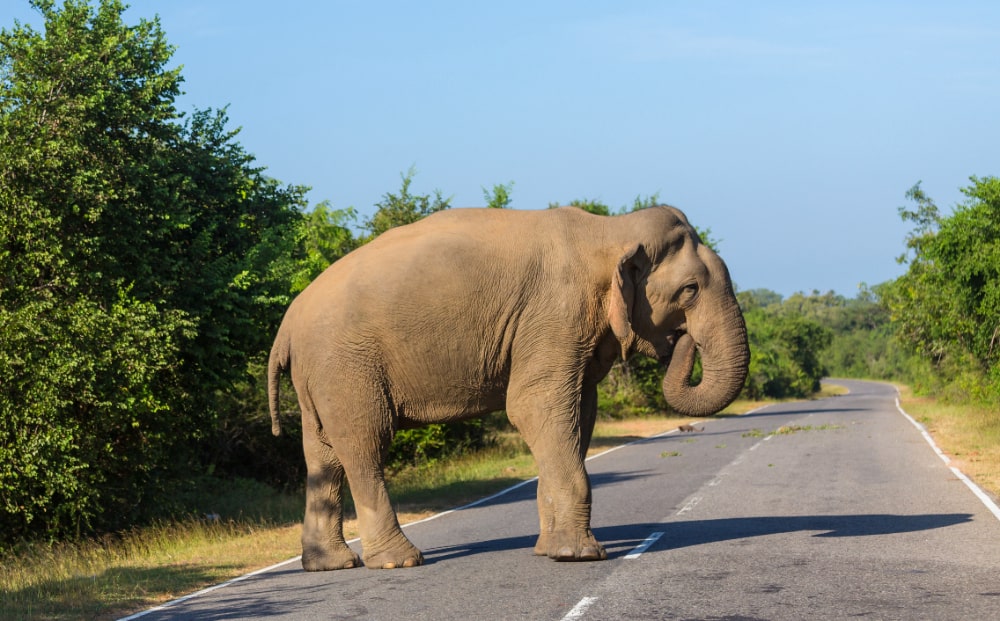 As Asian elephants are forced to move and live closer to human settlements in search of food, they often come into conflict with local communities. These conflicts can lead to crop damage, property destruction, and sometimes even loss of life, both the elephants and humans.
As Asian elephants are forced to move and live closer to human settlements in search of food, they often come into conflict with local communities. These conflicts can lead to crop damage, property destruction, and sometimes even loss of life, both the elephants and humans.
3. Hunting, Poaching for Tusks and Other Body Parts
“Illegal hunting harms both Asian elephants and ecosystems they support”
The demand for ivory and other elephant body parts remains a significant problem. Despite international bans, hunting and poaching continues to threaten the species, particularly for males with large tusks.Ways to Conserve Asian Elephants
While the threats to Asian elephants are significant, there are ways we can help ensure their survival.Supporting Certified Ethical Elephant Sanctuaries
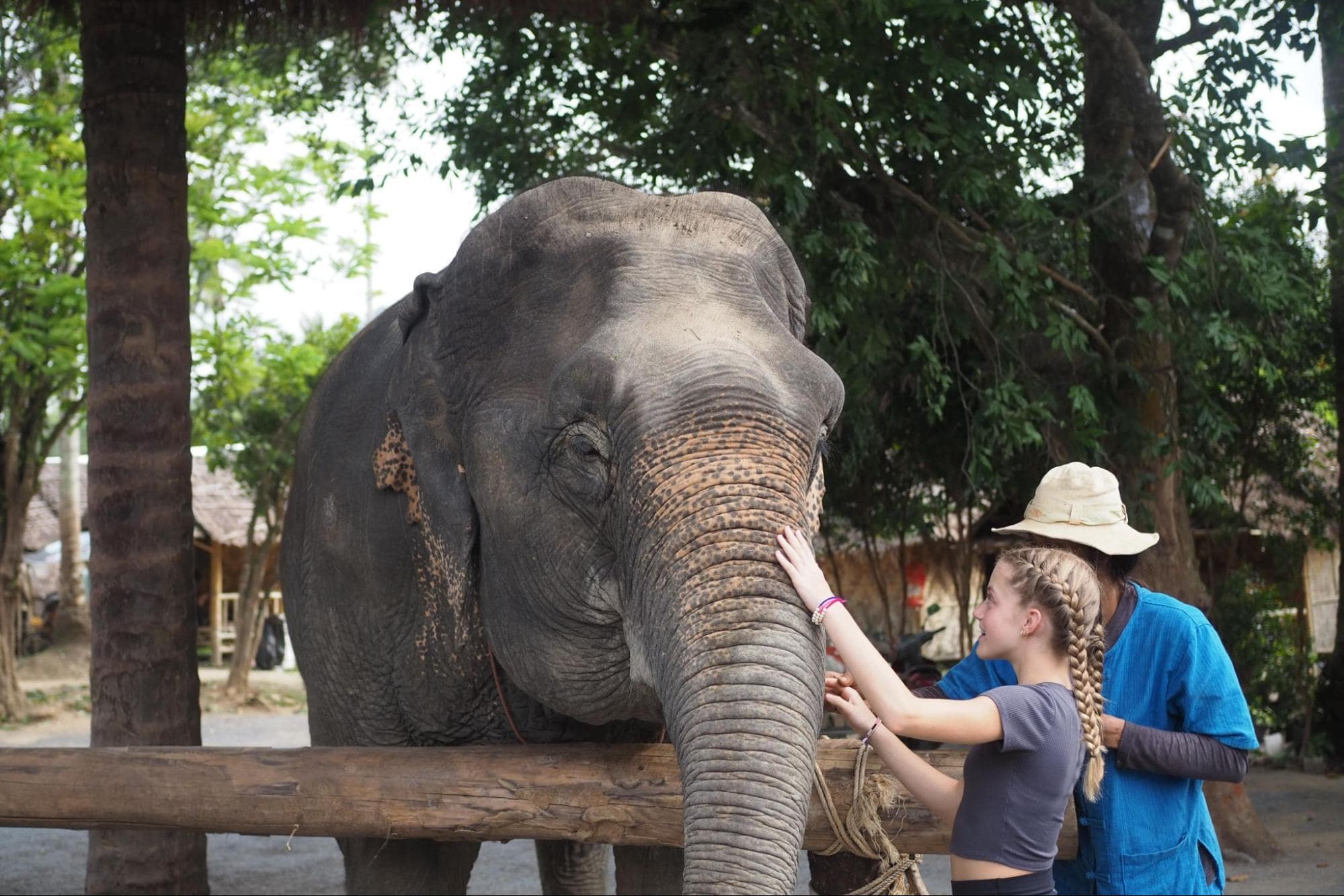 Ethical elephant sanctuaries provide a safe haven for elephants that have been rescued from abusive situations, like tourist trade or logging industries. By supporting these sanctuaries, you contribute to the welfare of elephants and help raise awareness about the importance of Asian elephant conservation.
Ethical elephant sanctuaries provide a safe haven for elephants that have been rescued from abusive situations, like tourist trade or logging industries. By supporting these sanctuaries, you contribute to the welfare of elephants and help raise awareness about the importance of Asian elephant conservation.
Supporting Awareness Campaigns About Asian Elephants Endangered Status
Raising awareness about the endangerment of Asian elephants is essential for fostering global support whether it is to help conservation efforts, anti-poaching initiatives and reduce human-elephant conflicts and protect their habitats.You Can Be a Part of supporting Endangered Asian Elephants!
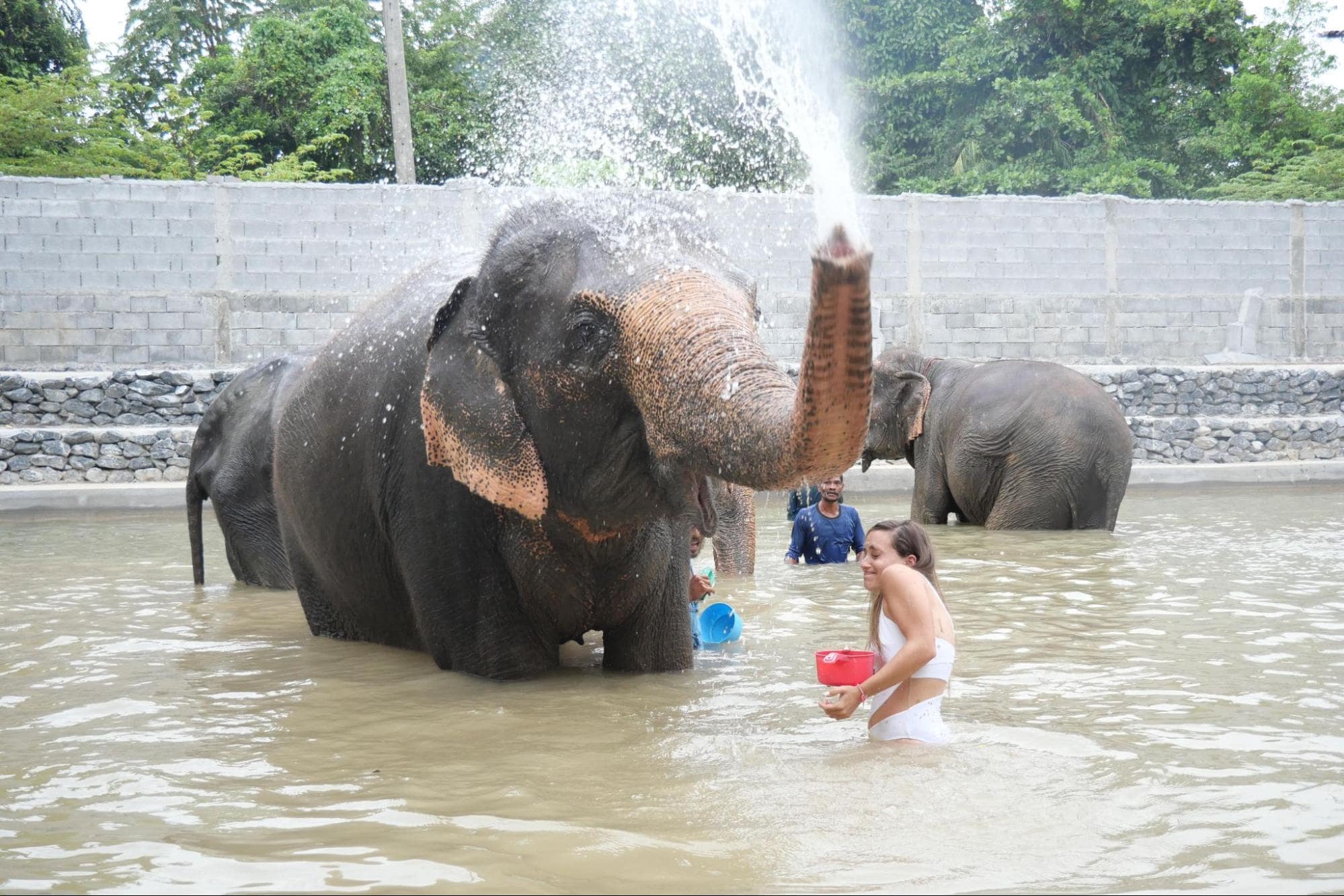 Aonang Elephant Sanctuary is dedicated to the care and protection of rescued elephants, offering them a peaceful environment where they can roam free and safe. By visiting Aonang, you will contribute to their well-being and make a positive impact for these majestic Asian elephants.
Reserve your spot now to get a chance to meet Asian elephants!
Aonang Elephant Sanctuary is dedicated to the care and protection of rescued elephants, offering them a peaceful environment where they can roam free and safe. By visiting Aonang, you will contribute to their well-being and make a positive impact for these majestic Asian elephants.
Reserve your spot now to get a chance to meet Asian elephants!
- Phone: +66 65 390 9925
- Email: [email protected]
- Book directly at aonangelephantsanctuary.com


